The best industrial 3D printers on the market.
Today, 3D printing technology is available not only for professionals and rich people. Since technology is getting less expensive, more and more individuals and small businesses use it for their benefit. Such printers can easily become standard equipment in people’s houses, just like a microwave oven or a fridge.
Not much time ago, 3D printers were only used in industry and cost tens of thousands. Today, you can easily find consumer printers in the shops, and more of them appear on the market every day. I’ve put together a comprehensive guide to help you find the best industrial 3D printer. After reading this article, you will find out about reputable retailers, potential issues you might face, and get some helpful links. Don’t rush to buy anything before you read these reviews.
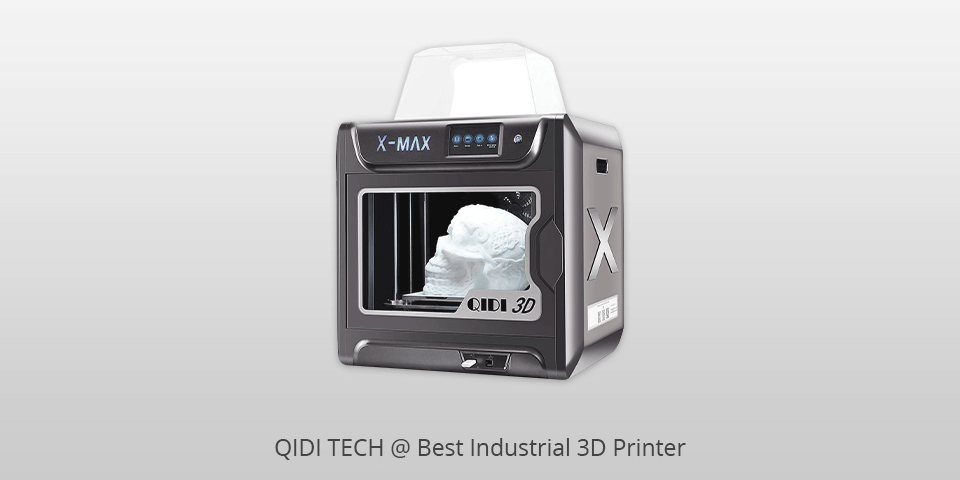
Print technology: 3D | Filament Diameter: 1.75 mm | Build Area: 200x180x180 mm | Minimum layer resolution: 20 microns | Maximum layer resolution: 200 microns
This industrial 3D printer boasts many features that help you achieve ideal 3D prints fast and easily. Due to the full enclosure, the temperatures are always low, which means that air conditioning and other environmental aspects do not affect printing and simplify handling materials, such as ASA and ABS.
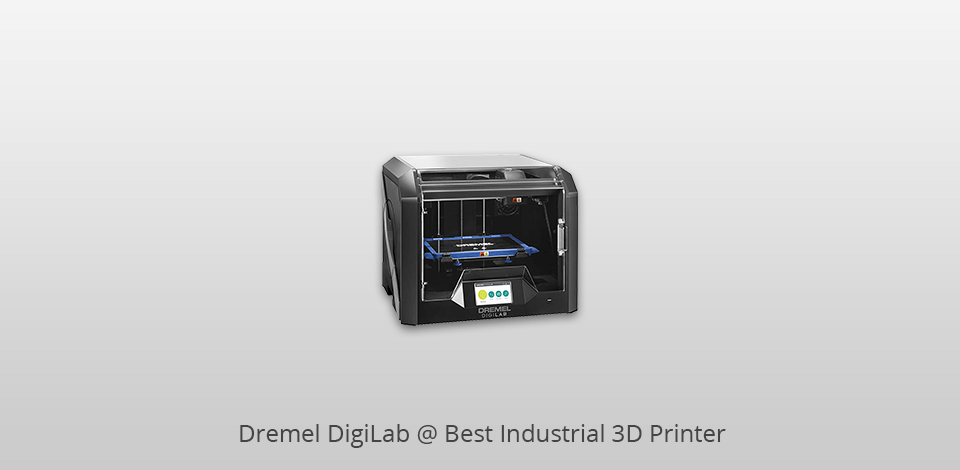
Print technology: 3D | Filament Diameter: 1.75 mm | Build Area: 230x150x140 mm | Minimum layer resolution: 20 microns | Maximum layer resolution: 100 microns
This 3rd Gen Dremel professional 3D printer is suitable for all users, both beginners and advanced. It comes with a lifetime warranty and can be used for heavy tasks as it is very robust. Thanks to its simple-to-use features and a quick start guide, you can install and begin working with it in a few minutes.
The direct drive, full metal extruder resists clogging and provides seamless 3D printing. This extruder heats up to 280° C, which allows you to work with a variety of materials. The filament runout detection feature allows you to continue printing from where you left. An in-built auto-leveling sensor ensures accurate printing.
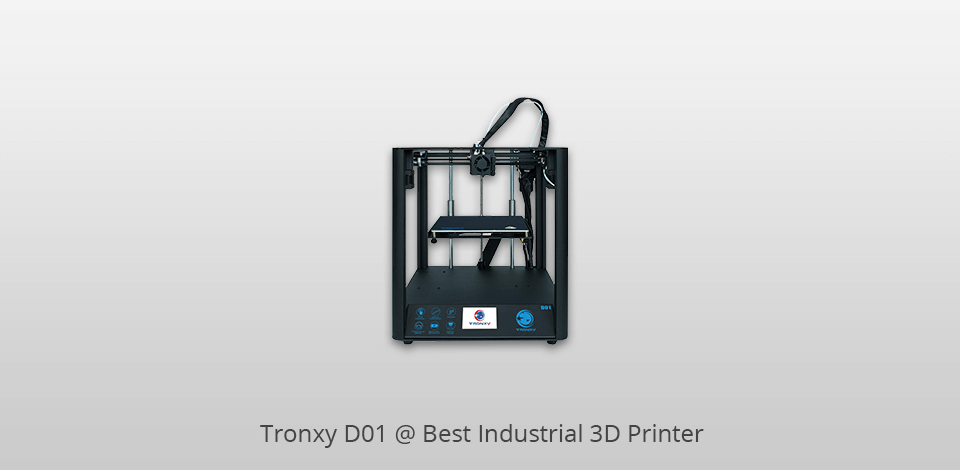
Print technology: 3D | Filament Diameter: 1.75 mm | Build Area: 330x330x400 mm | Minimum layer resolution: 50 microns | Maximum layer resolution: 100 microns
This printer is the latest release of this brand intended for both home and industrial use. Thanks to the industrial linear guide, you will enjoy the high-productivity and accuracy. Besides, the extruder moves smoother than in other models. Another great feature of the model is that it is virtually noiseless. The device works with all popular materials, so you will not be limited in your choice.
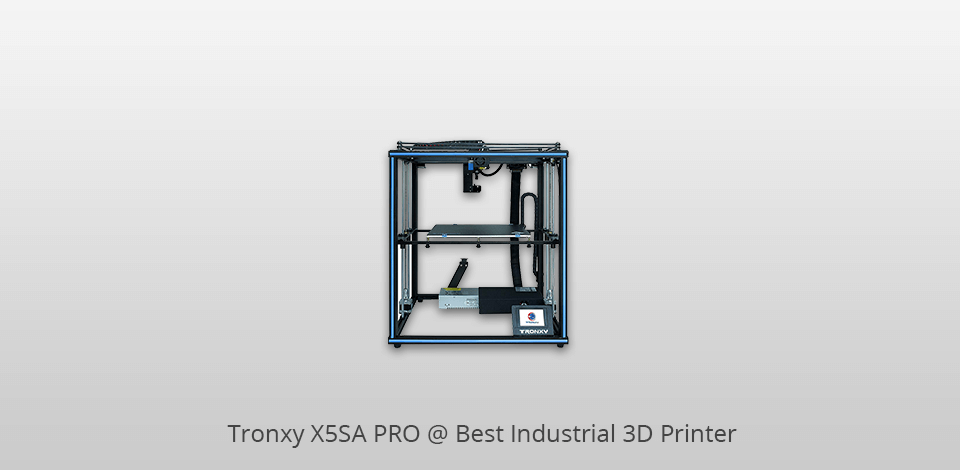
Print technology: 3D | Filament Diameter: 1.75 mm | Build Area: 330x330x400 mm | Minimum layer resolution: 20 microns | Maximum layer resolution: 100 microns
This is the best industrial 3D printer for DIY enthusiasts or beginners. With it, you can easily master 3D printing. It comes with lifetime technical support, and customer service will be happy to assist you if any issue arises.

Print technology: 3D | Filament Diameter: 1.75 mm | Build Area: 350x250x300 mm | Minimum layer resolution: 20 microns | Maximum layer resolution: 100 microns
This is a professional 3D printer of a large format, which is suitable for personal use. It comes pre-assembled. This plug-and-play model has a high-quality, long-lasting, closed-type metal frame for extra stability and protection. The HBG heated bed is made of glass and provides strong adhesion when it’s hot and simple print removal when it’s cold.
This device boasts a double-feed motor system for stable and easy filament supply. It uses an intelligent temperature control system to keep temperatures stable while printing, which reduces the chance of warping.
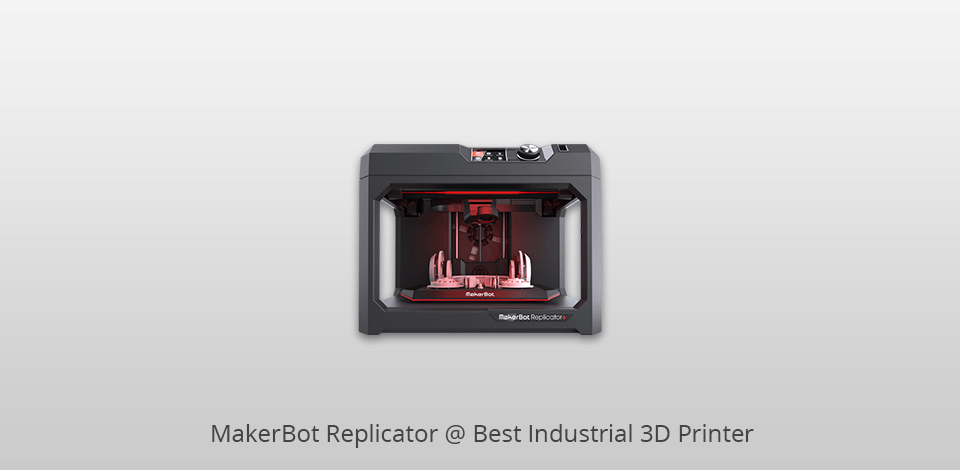
Print technology: 3D | Filament Diameter: 1.75 mm | Build Area: 350x250x300 mm | Minimum layer resolution: 20 microns | Maximum layer resolution: 100 microns
Due to easy-to-replace Smart Extruder+ and Flex Build Plate, this device is very simple to manage. The front filament drawer allows you to change colors or filaments without turning the printer over. Thanks to smart technologies that ensure fast printing, you can spend more time on design.
With Wi-Fi connectivity, a built-in streaming camera, smart sensors in the extruder and an auto Z-homing build platform, it can be considered to be the best industrial 3D printer.
| IMAGE | NAME | FEATURES | |
|---|---|---|---|

|
QIDI TECH
Our Choice
|
CHECK PRICE → | |

|
Dremel DigiLab
Professional
|
CHECK PRICE → | |

|
Tronxy D01
High quality
|
CHECK PRICE → |
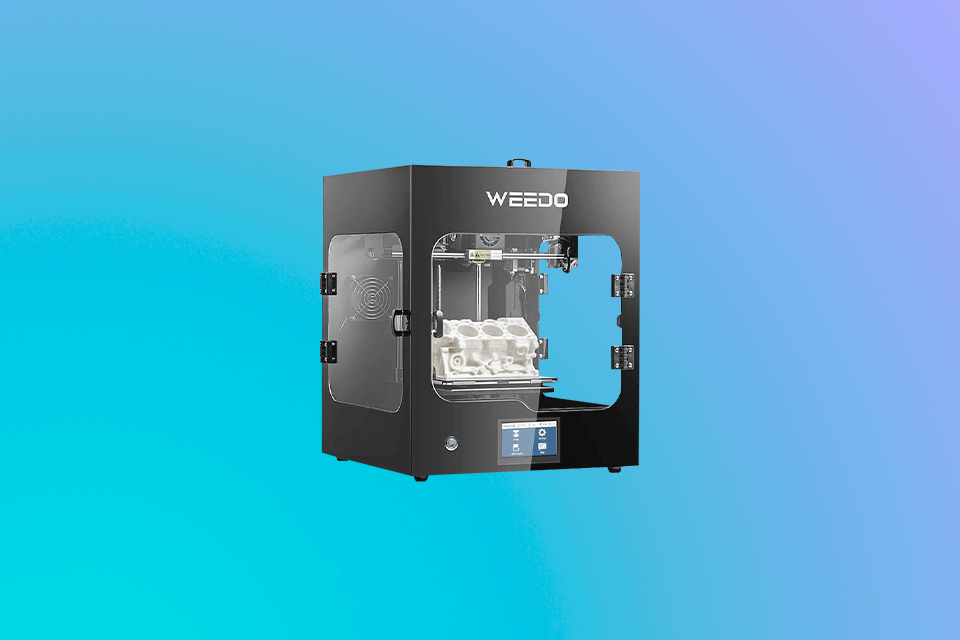
Before you purchase such a printer, learn as much as you can about different options. There are many differences between regular 3D printing devices and industrial ones. Think about how frequently and where you are planning to use a printer and how much time you are ready to spend when printing.
Many enthusiasts use famous Fused Deposition Modeling (FDM) printers. They extrude hot materials and plastics (filaments) in order to create 3D objects. Other styles use liquid resin containers, which include Digital Light Processing (DLP), Stereolithography (SLA) and Selective Laser Sintering (SLS) that utilizes powder instead of resin.
Options with security features are usually nicely-designed. For instance, an FDM printer can cool down the nozzle and heated bed right after printing is done. Some models turn the nozzle away from the object when you pause or finish printing, which prevents heat damage.
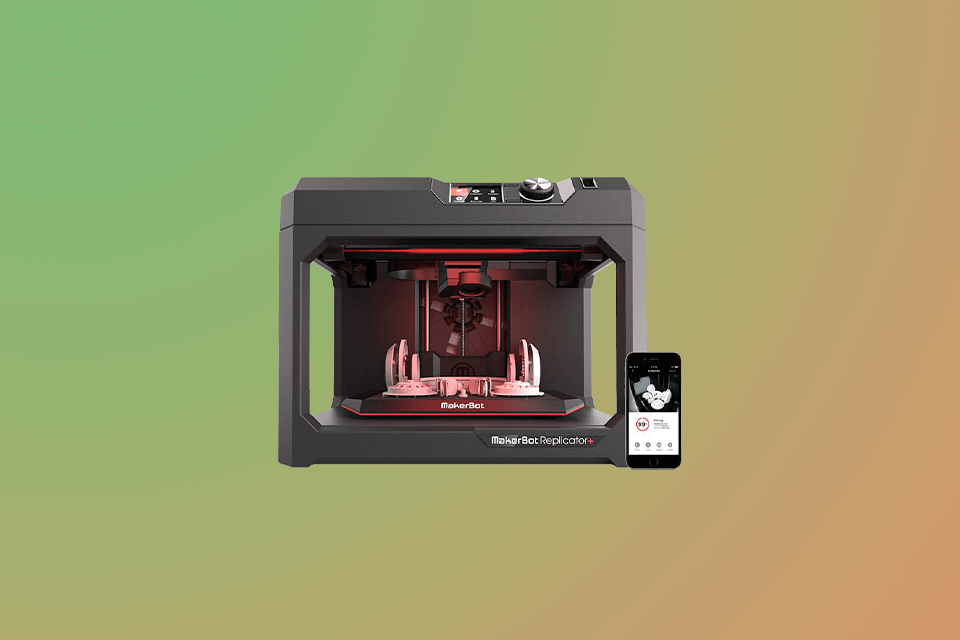
You may easily forget about some important aspects that you need to consider when working with such a device. When looking for the best industrial 3D printer, pay attention to the touchscreen UI, double filament support and heated glass beds. Also, take into account build volume and how much space a device takes up.
Such models are amazing, but they’re not for everyone. Many users buy expensive 3D printers even though can outsource several parts. Some people can also buy them and later understand that they don’t like using them.
Usually, if you print small objects, it’s quite cheap, but if you need to print large ones, then it’s pricey. The bigger the size, the more expensive it will cost to print it. While precious metals are even more expensive, 3D printing is great for creating jewelry.
Usually, the larger the object, the longer it will take to print it. Small items (approximately 1 cubic inch) can be printed in 5 minutes while printing large objects (over 100 cubic inches) can take up to 200 hours.
They are convenient as they allow you to print creative items without paying too much. However, if you need such a device for business, you should purchase a more expensive model.